Our Process
To remove invasive weeds and prepare the soil, we at Free the Fern work to ensure that the job is completed thoroughly and monitored for regrowth. We understand that invasives are persistent and will return if unchecked. The following illustrates our process for removing English Ivy.

Branches
Branches on the ground are initially removed from site to make space for invasive removal. Later, branches can be returned to the forest floor, to naturally decompose into the soil. Especially large branches can be cut to a smaller size using a saw.
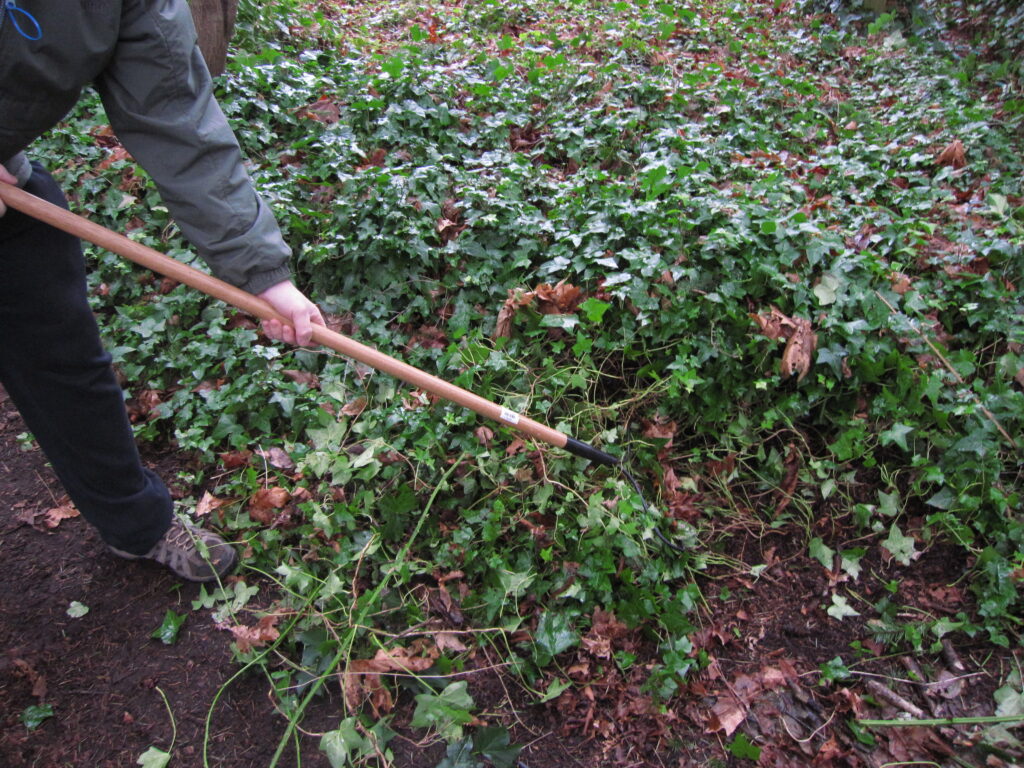
Ivy Removal by Rake
Depending on ability and comfort, a rake can be used to clear the area of ivy. Some volunteers prefer this method as it can be less strenuous on the hands. However, it does tend to result in more roots being left in the soil which must be removed later.

Ivy Removal by Hand
Pulling by hand is another technique used to remove English Ivy. Ivy can also be removed using a rolling technique – reach under and dense mat of ivy, pull roots, then roll up like a carpet.
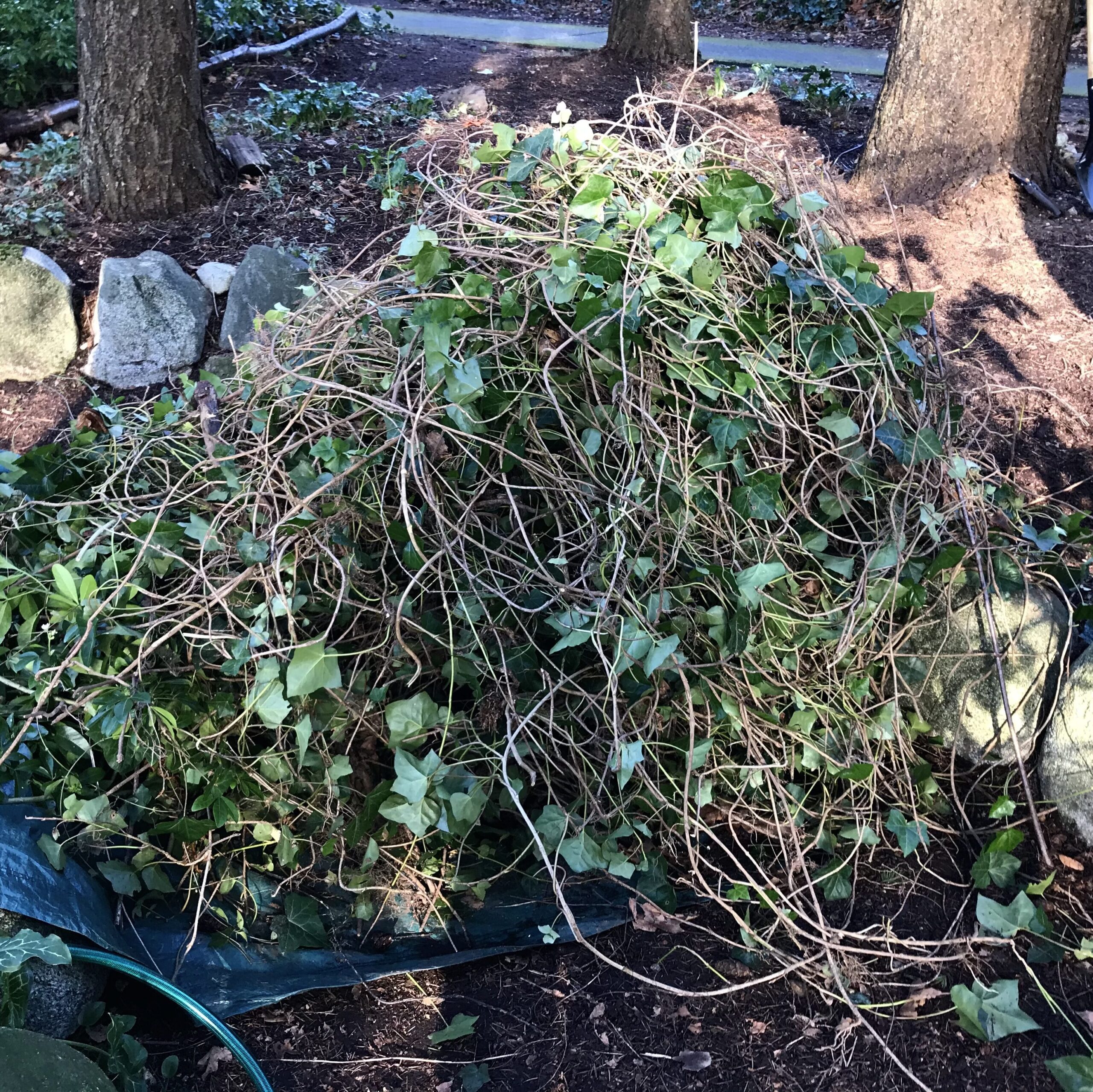
Pile
Piling invasives for disposal. It is helpful to place a large tarp under the pile to make clean up and removal from site easier.
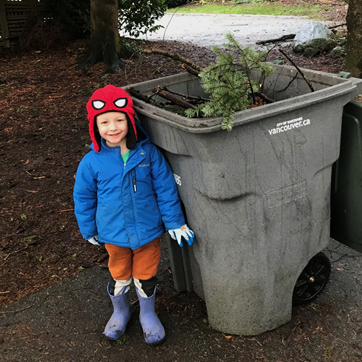
Green Bin Disposal
Removal of ivy using City Green Bins (if available) or hiring a company to remove invasives by truck to Vancouver South Transfer Station..
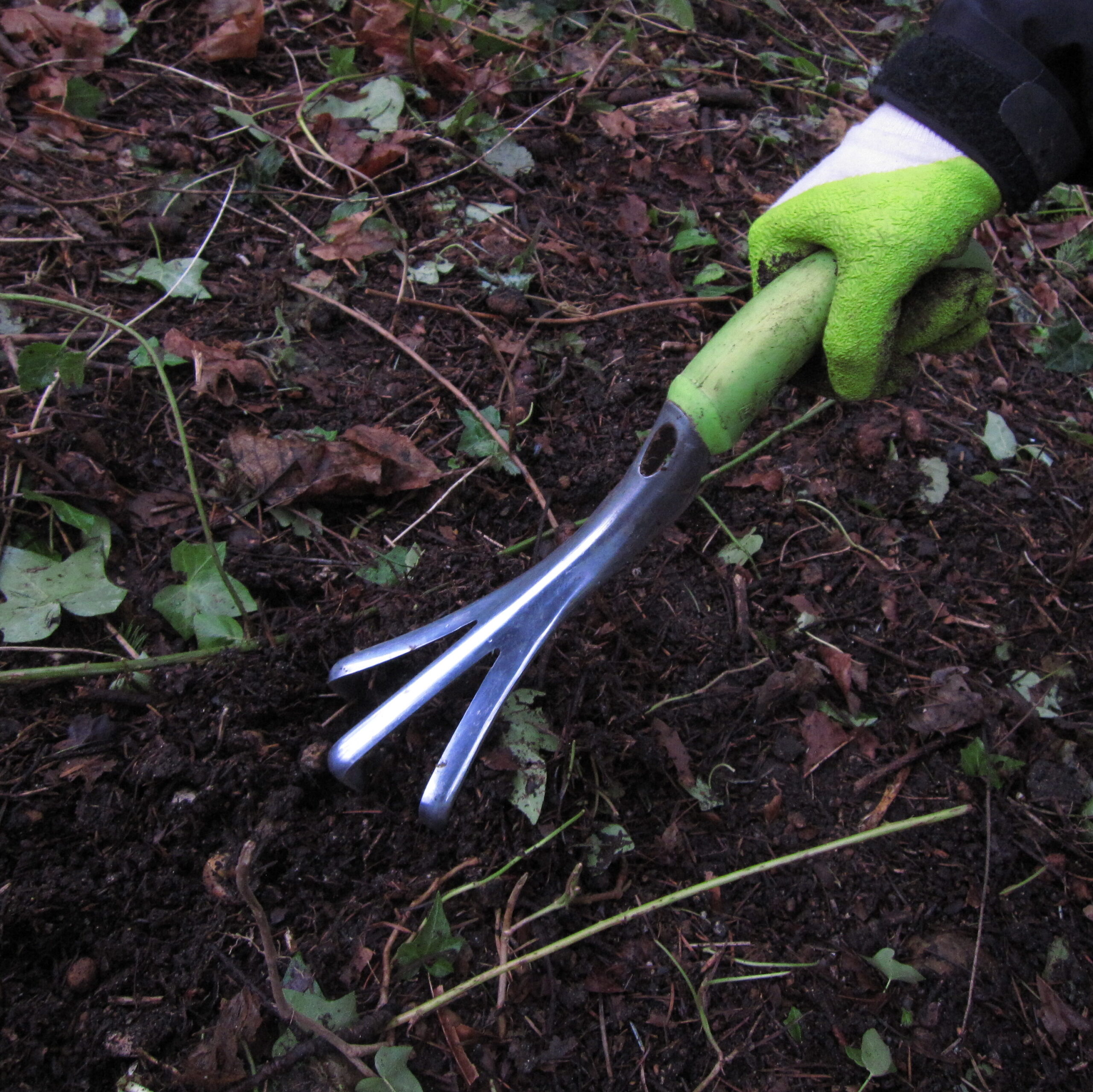
Removing Roots
The ground is raked using a cultivator. Ivy and other invasive plant roots are found and dug out using a trowel.
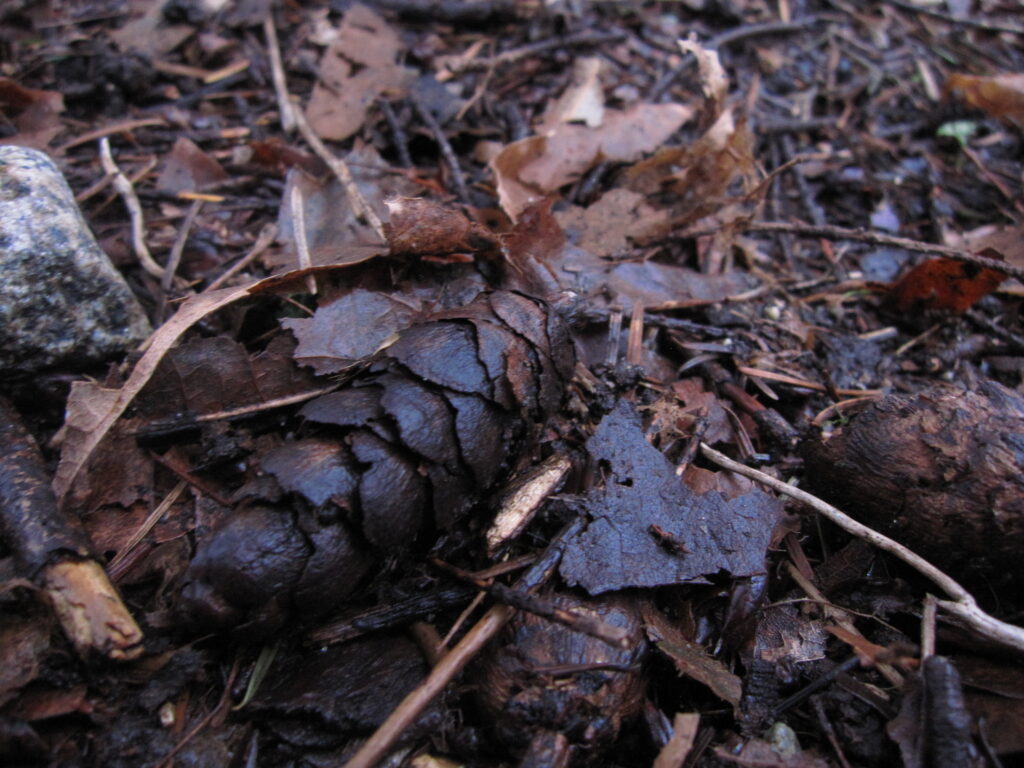
Leaf Mulch
A layer of leaf mulch is added to the soil to protect from erosion and drying. The site is monitored for invasive weed regrowth.

Composting
Use of a composting system to add to the soil.

Native Planting
Native plants ideal to the conditions of the site (shaded, sunny etc) are planted.

Assessment
Free the Fern assess the success of the invasive removal method and the health and growth of the native plants planted.

“To plant a garden is to believe in tomorrow.”
AUDREY HEPBURN